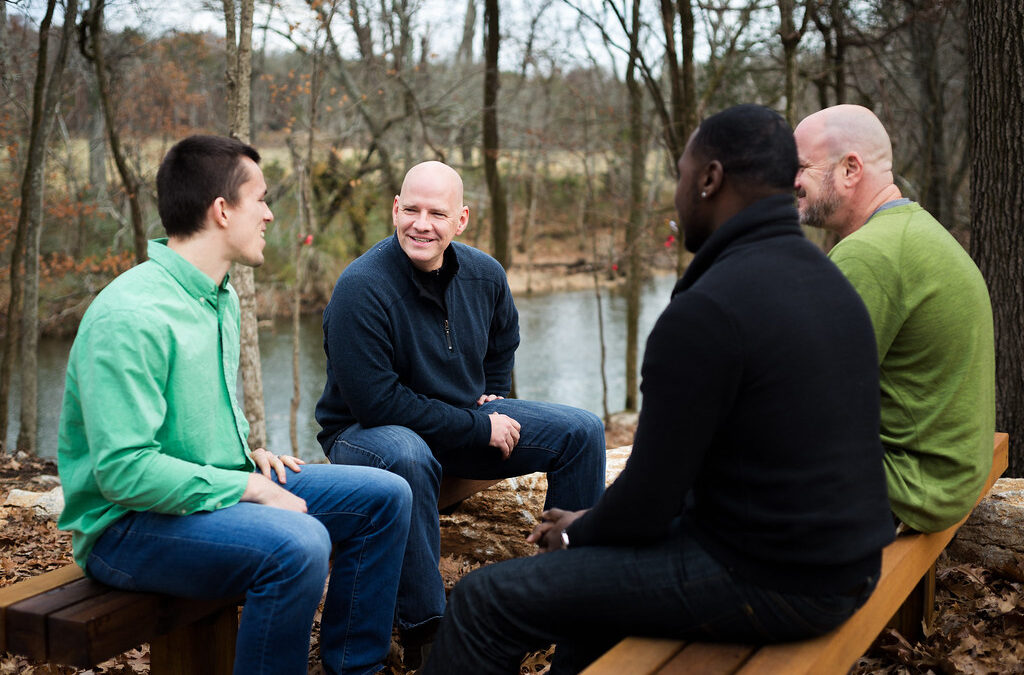Buried in a little-known housing estate in North-West London lives one of English Football’s typically enigmatic non-league football clubs, Harrow Borough Football Club. It provides a raw and unfettered viewing experience which is rarely seen on a more grandiose stage
‘Football as it used to be’ is often the tagline provided when grassroots football is the topic of conversation. Whether it be the Bovril-filled polystyrene cup warming the few usually disgruntled spectators, or the weathered dugouts resembling a broken shed that provide the non-league football stereotype. Harrow is the reclusive exception that fits in with the odd world of non-league. Love it, hate it or are indifferent: this football subculture carries a certain charm. For some, the 3 pm kick-off at their local club is the be-all and end-all, as is the case with the loyal bunch at Harrow Borough.
When investigating this club, it became abundantly clear that a host of stories and narratives existed within this modest club, burrowed in a deprived housing estate in north-west London, far more complex than what initially meets the eye. The deep connection that a small group of people feel for this largely overlooked and under-recognized football club is undeniable.
Harrow holds immense importance for those who grew up in the area—and that connection runs both ways. Today, many of these same people take on the challenge of running the club, driven by loyalty and a sense of responsibility.
Grassroots football often serves as the lifeblood of the English football pyramid, giving fans meaningful ways to engage and contribute. But concerns are growing over the economic sustainability of clubs like Harrow. Outside the elite tier, those with wealthy backers willing to absorb losses, many clubs face increasingly steep financial hurdles. Recent examples like Bury, Scunthorpe, and Southend, all of which filed for administration, show the fragility of clubs without financial safety nets. Less fortunate sides must find creative solutions just to stay afloat, and that’s becoming harder as costs rise.
If you’re enjoying this story – try how a non-profit set up a sports club for special needs children.
Director Keith Loddy helps keep Harrow competing in the Southern League Premier Division South. He puts it bluntly: “Finding volunteers to help with the club’s administration has become difficult. We cannot afford to pay matchday staff, so a few of us man the turnstiles and cover the security. Unless people step up to volunteer, clubs like ours simply won’t survive.”
Loddy also highlights the intense financial strain clubs face, Harrow included. He describes just how hard it is to keep the club’s finances in balance. To make ends meet, Harrow relies on several income streams. “The outgoings exceed income. Without a supportive bank, survival becomes incredibly tough. That’s why clubs like the Met Police chose voluntary relegation, to reduce costs instead of going under.”
Harrow Borough may not have the gloss of top-flight football, but it offers something arguably more valuable: authenticity. The club reflects the financial challenges gripping the football pyramid, yet it also revives a sense of what football is truly about. In a sport now dominated by branding, advertising, and corporate interests, Harrow Borough stands as a reminder that football is made by, for, and belongs to the fans.



